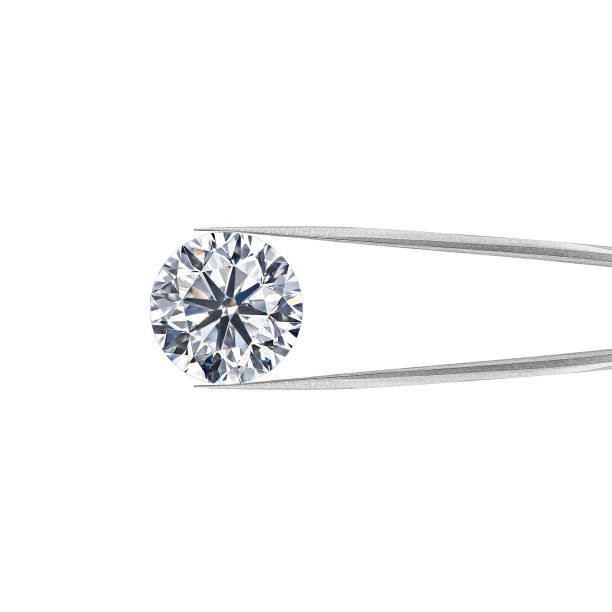What To Look for in a Diamond Appraiser All Entries

Diamonds are cherished for many reasons, including the fact that they can grow in value over time. The best way to gauge the value of your diamonds at any time is to take them to a professional gemologist for appraisal. The diamond gemologist/appraiser will give you a detailed report on the gem's condition and value. This objective report serves as a legal document to prove the replacement value of your gem.
Appraiser Qualifications
The most reputable diamond appraisers are gemologists who have completed the GIA Gradulate Gemologist (GG) program and know how to grade stones with scientific tools and scales. You should only trust an experienced gemologist who follows GIA standards, which are recognized by the leading jewelers. Reputable appraisers typically gain training through associations or learning institutions.
How an Appraiser Grades Diamonds
Gemologists use microscopes and established GIA grading scales for evaluating the condition of diamonds. The famous "4Cs" of diamond grading are: cut, color, clarity, and carat. Each of these factors contributes to the gem's value, but sometimes certain factors outweigh others.
Cuts are evaluated on a scale that ranges from poor to excellent. An excellent cut is one with artistic precision, as customized gems are in high demand, especially for engagement rings. The way the light reflects off angles plays an important aesthetic role in the diamond's value. Meanwhile, a poor diamond lacks brilliance, shine and sparkle.
Diamonds with the most value are usually 100 percent colorless, which indicates purity. These gems have a D rating on the GIA color scale. At the end of the scale with the lowest rating is Z, which represents a dark yellow color. While D, E and F ratings occupy the translucent realm, the rest of the scale represents measures of colored diamonds.
The GIA clarity scale ranges from flawless as the highest value vs. included as the lowest value. Ideal diamonds have minimal cracks or flaws defined as inclusions. The more flaws, the less durable the gem will be and the more careful the designer must be to avoid damaging the stone.
Carat is simply the weight of the diamond. Weights are expressed in decimals, as one carat equals 0.2 grams. The appraisal combines data on the 4Cs into a report that include the appraiser's objective opinion on diamond value.
Elements of a Diamond Appraisal Report
The diamond report gives you the most crucial information about your gem. It should list the following details:
- Appraisal date
- Client's name and contact information
- Purpose of the appraisal, such as for insurance or selling
- Statements and description of the gem
- Diamond value based on the 4Cs
- Appraiser's signature and qualifications
- List of individuals who assisted in the appraisal
Prior to the evaluation, you should discuss with the appraiser what you want to do with your diamonds. Many jewelery collectors get their diamonds appraised for insurance purposes to cover the replacement value in case the jewels are ever lost or stolen.
Diamond owners who want to sell their gems should find out the fair market value (FMV) and immediate liquidation value of the items. The immediate liquidation value will be lower than FMV because it presumes the seller is looking to unload the item for quick cash. When sellers need cash, they usually don't have a problem with selling under FMV.
Conclusion
When you're ready to sell your diamonds, make sure you get them appraised by a professional gemologist. The appraisal report will help you get the best deals as a seller. Contact us at Ralph Mueller and Associates for more information on getting your diamonds appraised as proof of their fair market value.